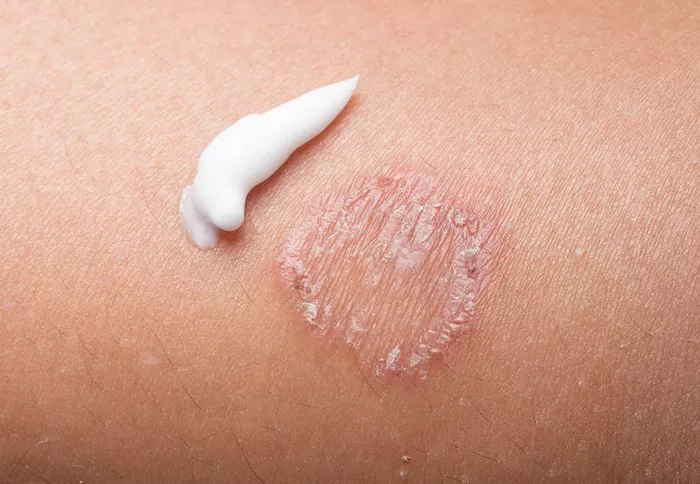Vitiligo, a skin condition characterized by the loss of pigment, can make the skin particularly sensitive to sunlight. As such, finding the right sunscreen for the face is crucial to protect the skin from harmful UV rays while minimizing the contrast between affected and unaffected skin areas. In this article, we explore the factors to consider when selecting a sunscreen for vitiligo and highlight some of the best options available.
Understanding Vitiligo and Sun Protection
Vitiligo is a condition where patches of the skin lose their pigment due to the destruction of melanocytes, the cells responsible for producing melanin. Melanin provides the skin with its color and also helps protect it from UV radiation. In individuals with vitiligo, the affected areas lack this natural protection, making them more susceptible to sunburn and other sun-related damage.
The primary goal of using sunscreen for vitiligo is twofold: to prevent sunburn and to minimize the visible contrast between affected and unaffected skin. Sunscreens with high sun protection factor (SPF) ratings are essential to shield the skin from harmful UVB rays, while broad-spectrum protection helps guard against both UVB and UVA rays, which can exacerbate skin damage and accelerate aging.
Key Considerations for Choosing Face Sunscreen
When selecting a sunscreen for the face, individuals with vitiligo should consider the following factors:
1. SPF Rating: Opt for a broad-spectrum sunscreen with an SPF of at least 30 or higher. This level of SPF effectively blocks a significant amount of UV radiation.
2. Physical vs. Chemical Sunscreen: Physical (mineral) sunscreens containing titanium dioxide or zinc oxide are often recommended for sensitive skin types, including those with vitiligo. These sunscreens work by reflecting UV rays off the skin, making them less likely to cause irritation.
3. Non-Comedogenic Formulas: Choose sunscreens labeled as non-comedogenic to prevent clogging pores and aggravating any existing skin issues.
4. Water Resistance: If you anticipate sweating or swimming, opt for a water-resistant sunscreen to ensure longer-lasting protection.
5. Hypoallergenic and Fragrance-Free: To minimize the risk of skin irritation, opt for hypoallergenic and fragrance-free formulas.
6. Tinted or Colored Sunscreens: Some individuals with vitiligo prefer tinted or colored sunscreens to help blend the skin tones and reduce the appearance of contrast.
Top Recommendations for Face Sunscreens
Several face sunscreens are well-suited for individuals with vitiligo. Here are some highly recommended options:
1. EltaMD UV Clear Broad-Spectrum SPF 46: This lightweight, oil-free sunscreen is formulated with zinc oxide and niacinamide. It’s suitable for sensitive skin and helps calm and protect acne-prone skin.
2. La Roche-Posay Anthelios Melt-in Milk Sunscreen SPF 100: Offering high SPF protection, this sunscreen is water-resistant and provides broad-spectrum UVA/UVB protection. It’s suitable for all skin types.
3. Neutrogena Sensitive Skin Face Liquid Sunscreen SPF 50: This gentle formula is oil-free, fragrance-free, and hypoallergenic, making it ideal for sensitive skin. It absorbs quickly and leaves a matte finish.
4. CeraVe Hydrating Mineral Sunscreen SPF 30: This sunscreen contains titanium dioxide and zinc oxide and is enriched with ceramides to help restore and maintain the skin’s natural barrier.
5. Aveeno Positively Mineral Sensitive Skin Sunscreen SPF 50: This mineral sunscreen is formulated with 100% zinc oxide and is suitable for sensitive skin. It’s oil-free, hypoallergenic, and provides broad-spectrum protection.
Application Tips
Applying sunscreen correctly is essential to ensure optimal protection:
- Use Enough: Apply a generous amount of sunscreen to cover all exposed areas of the face and neck.
- Reapply Regularly: Reapply sunscreen every two hours or more frequently if swimming or sweating.
- Layering with Makeup: If wearing makeup, apply sunscreen first, let it absorb, then apply makeup on top. Look for makeup products containing SPF for added protection.
- Avoid Peak Sun Hours: Whenever possible, limit sun exposure during peak hours (10 a.m. to 4 p.m.) and seek shade.
Conclusion
Choosing the right face sunscreen for vitiligo is essential for protecting the skin from harmful UV rays and minimizing the contrast between affected and unaffected areas. By selecting a sunscreen with the appropriate SPF, formulation, and application techniques, individuals with vitiligo can enjoy outdoor activities with confidence. Remember, consistency is key—make sunscreen application a daily habit to maintain healthy and protected skin.
Related Topics:


























